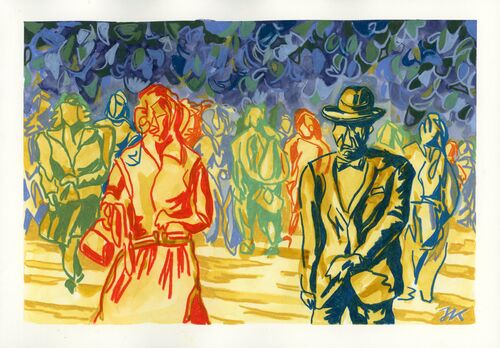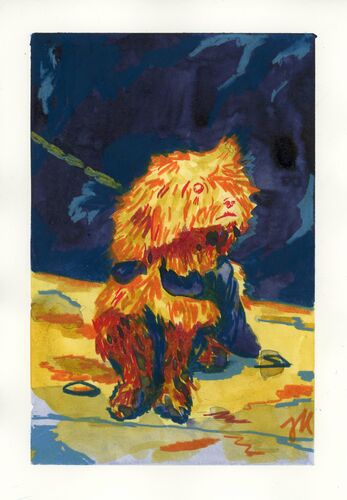Turbulence swept through Denmark in the 19th century: The Napoleonic Wars eat away at Scandinavian power. The country suffers from the devastating bombing of Copenhagen, experiences bankruptcy, and comes into increasing enmity with its German neighbors. Joy and sorrow were close together for the cultural scene at the time: the economic and socio-political downward trend inspired Denmark's artists. They moved closer together - philosophizing about concepts such as place, identity, belonging, and the meaning of travel and homecoming.
The Metropolitan Museum of Art in New York is bringing together works by Danish artists from this period in Beyond the Light: Identity and Place in Nineteenth-Century Danish Art, beginning January 26. Visitors will learn from the approximately 100 exhibits about the innervating processes by which the artists of the era grew. On display are drawings, oil sketches and paintings from the museum's own collection as well as from the SMK (the National Gallery of Denmark) and various American collections. Included are Christoffer Wilhelm Eckersberg, Christen Købke, Constantin Hansen, Martinus Rørbye and Vilhelm Hammershøi, but also lesser-known artists such as Anton Melbye, Johan Thomas Lundbye, Peter Christian Skovgaard, Heinrich Gustav Ferdinand Holm. The exhibition ends on April 16.



















